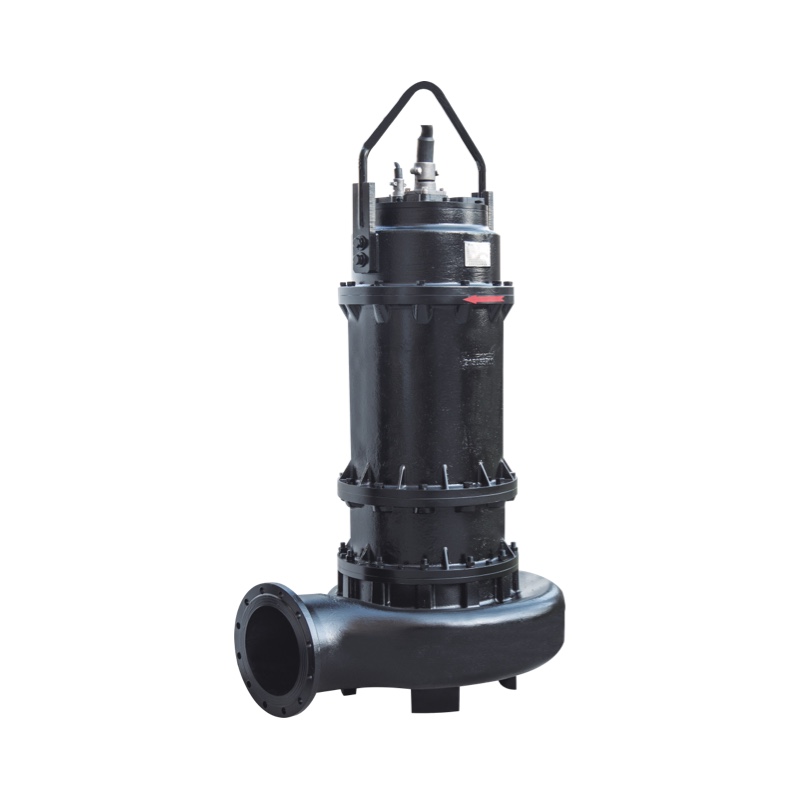close
Choose Your Site
Global
Social Media
Views: 0 Author: Site Editor Publish Time: 2023-11-20 Origin: Site









In today's fast-paced world, it is crucial for businesses to constantly assess the situation and adapt accordingly. One such area that requires careful consideration is the management of wastewater. With the growing population and urbanization, the demand for effective sewage systems has never been greater. This is where submersible sewage pumps come into play.
A submersible sewage pump is an essential component of any modern wastewater management system. It is designed to handle the transportation of sewage or wastewater from residential, commercial, and industrial areas to treatment plants. These pumps are submerged in the sewage, ensuring efficient and reliable operation.
When assessing the situation, it is important to evaluate the capacity and efficiency of the existing sewage system. With the increasing volume of wastewater generated, it is crucial to have pumps that can handle the load effectively. Submersible sewage pumps are designed to handle large volumes of wastewater, ensuring smooth and uninterrupted operation.
Another factor to consider is the maintenance and repair of the sewage system. Regular maintenance is essential to ensure the longevity and optimal performance of the pumps. Submersible sewage pumps are designed for easy maintenance, with features such as removable impellers and built-in thermal protection. This allows for quick and hassle-free repairs, minimizing downtime and reducing costs.
In addition to capacity and maintenance, it is important to assess the energy efficiency of the sewage system. As energy costs continue to rise, businesses are looking for ways to reduce their carbon footprint and save on energy expenses. Submersible sewage pumps are designed with energy efficiency in mind, utilizing advanced motor technology to minimize power consumption while maintaining high performance.
Furthermore, the durability and reliability of the pumps should be taken into consideration. Submersible sewage pumps are built to withstand harsh conditions, ensuring long-lasting performance even in challenging environments. With features such as corrosion-resistant materials and robust construction, these pumps offer a reliable solution for wastewater management.
Replacing a submersible sewage pump may seem like a daunting task, but with the right guide, it can be a straightforward process. Whether you are a homeowner or a professional plumber, this step-by-step guide will help you navigate through the process smoothly.
Before starting the replacement process, it is important to ensure your safety. Make sure to turn off the power supply to the pump and wear protective gear such as gloves and goggles. Additionally, gather all the necessary tools and equipment for the replacement, including a new submersible sewage pump.
Step 1: Assess the Situation Begin by assessing the condition of your current submersible sewage pump. Look for any signs of damage or wear and tear. If the pump is beyond repair or has been in service for a long time, it is advisable to replace it with a new one.
Step 2: Drain the Sewage Basin To prevent any mess or contamination, drain the sewage basin before removing the old pump. You can use a small pump or a bucket to remove the sewage. Ensure that the area is clean and free from any debris.
Step 3: Disconnect the Power Supply Before removing the old pump, disconnect the power supply to ensure your safety. This can be done by turning off the circuit breaker that powers the pump. Double-check that the power is completely off before proceeding.
Step 4: Remove the Old Pump Carefully disconnect the old pump from the discharge pipe and remove it from the sewage basin. Take note of the pump's position and orientation to help with the installation of the new pump.
Step 5: Prep the New Pump Inspect the new submersible sewage pump for any damage or defects. Ensure that all the necessary components, such as the impeller and float switch, are properly attached. Follow the manufacturer's instructions for any specific preparations required.
Step 6: Install the New Pump Lower the new pump into the sewage basin, ensuring that it is properly aligned and positioned. Connect the discharge pipe to the pump, making sure it is securely fastened. Double-check all the connections to ensure there are no leaks.
Step 7: Test the Pump Once the new pump is installed, restore the power supply and test the pump. Monitor its performance and check for any unusual noises or vibrations. It is important to ensure that the pump is functioning properly before completing the replacement process.
The article emphasizes the importance of assessing wastewater management for businesses and communities. It suggests using submersible sewage pumps as an efficient and environmentally friendly solution for transporting wastewater to treatment plants. The article also provides a step-by-step guide on how to replace a submersible sewage pump, including assessing the situation, draining the sewage basin, disconnecting the power supply, removing the old pump, preparing the new pump, installing it correctly, and testing its functionality. It advises prioritizing safety throughout the process and seeking professional help if necessary.